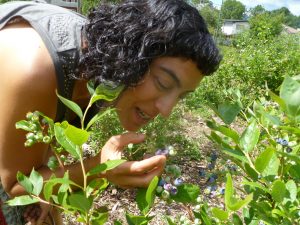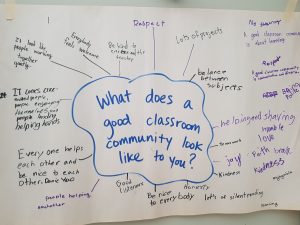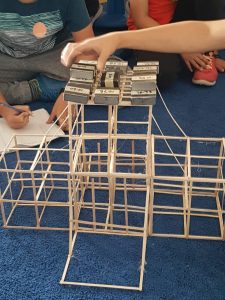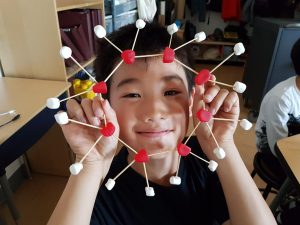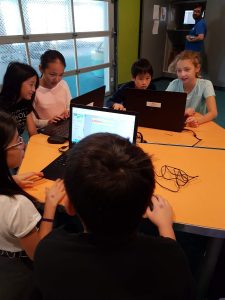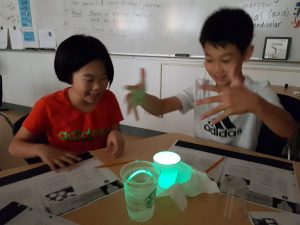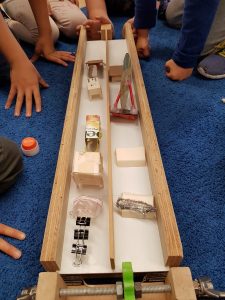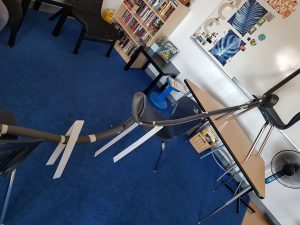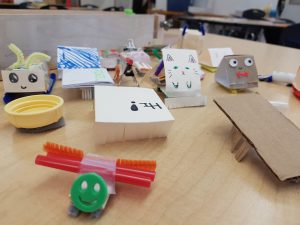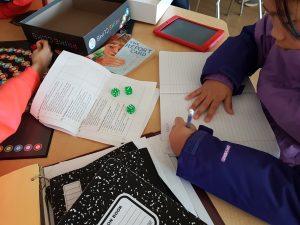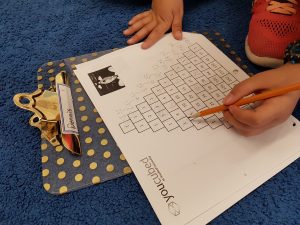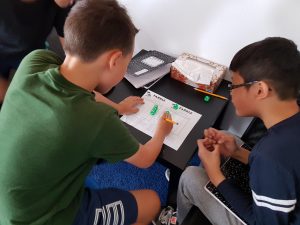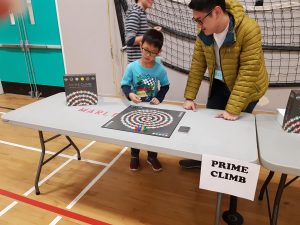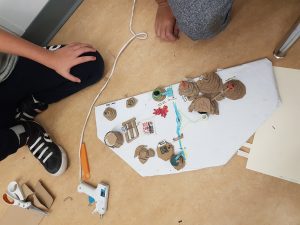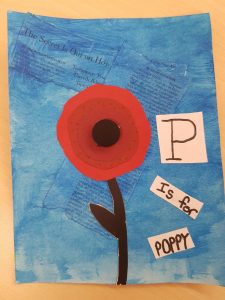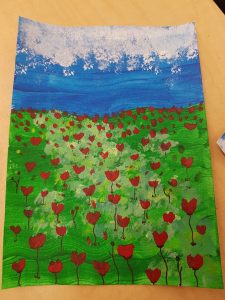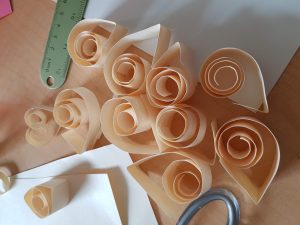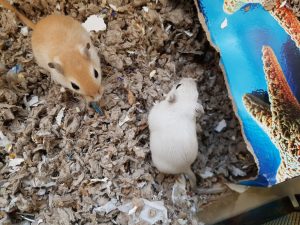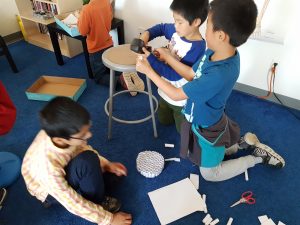Happy Snow Day! Update on February 12th: Division 5 News….?
Hello Everyone,
Since we have a snow day, I thought it would be a good time to update everyone on what we are doing in class!
MEDIA LITERACY involves COMMUNICATION and CRITICAL THINKING SKILLS!
We have had great conversations about media literacy, including:
- What media literacy is and why it is important (Check out Crash Course’s video on Media Literacy if you missed it!)
- What kinds of media are out there, what are their features, and who are their audiences! (We looked at Vancouver Sun, The Province, The National, The Globe and Mail, magazines, etc. and identified their audience and reading level.)
- Tricks and gimmicks advertisers use to sell products in the store, as well as in online, radio, TV and print commercials and ads (Watch some ads that are okay for kids here.)
- How the media can manipulate graphs and numbers to tell their version of a story or to prove a point of view
- How to check for reliable websites and to do effective searches online
- The parts of a newspaper article/story (Check out Science News for Kids and Teaching Kids News for examples of news stories at our reading level.)
- How editors of papers or producers of shows look for exciting things to report so the news programs can make money on advertising
- How radio announcers deliver the news
- The parts of a news broadcast
- How to tell if something is plagiarism (Check out Byrne Creek Secondary’s Learning Commons Website as a follow up from our discussion in class.)
- How to gather information to write your own news story.
PARENTS: I have been using Media Literacy 101 online, and there is a parents section you may want to check out for tips about media and digital literacy for children. Click here!
We had an editorial meeting of our Division 5 News Team (to be renamed by the group), and the Chief Producer (AKA Ms. D) asked for the team to PITCH story ideas for our own broadcast we will create about Suncrest Elementary News. Almost everyone has a story idea to work with now, and we also have a few commercials to make.
Everyone will be asked to write a news story for production, which will mean gathering data and doing interviews. That is for our next conversation as we get started!
As brainstormed in class, we will also need a team of builders to make our news desk, some anchors to do transitions, a new logo and news title (please bring in your suggestions!), visuals in the background for different reports, the proper clothing to wear for this kind of presentation, videographers, and editors. Our goal is to have something for people to see on March 14th.
In the meantime, here are things you can be doing to prepare for our broadcast!
- Gather the who, what, why, when, where, and how details for your story as soon as you have been assigned an idea, which most of you have.
- Write up some interview questions for important people you may need to talk to and get the questions approved by Ms. D. You will also need a press pass from me in order to go and ask questions.
- Create a visual in the background for your story (simple pictures in a slideshow work)
- Watch news reports online or on TV for examples of what a broadcast looks like
- Listen to the radio, like News 1130 to hear how broadcasters and interviewers talk.
- Listen to podcasts online. These are radio news broadcasts with longer stories and can give you ideas of how to report. Here’s a list of the Best Podcasts for Kids from Common Sense Media (I highly recommend you check these out, even for future research or ideas for projects, as there are all sorts of fascinating stories you will enjoy. My favourites are Brain On and Tumble — scroll down the list for the science ones.) Another list is Best Podcasts for Middle Schoolers. Get some help at home on how to listen to these. Most just require a computer and some headphones.
- Pick out a nice outfit. Start looking at what news reporters wear. They don’t wear fleece hoodies or sweat pants. 🙂
MATH and SCIENCE:
We have finished up our Math Conjectures posters and slideshows. Ms. D is handing back feedback after reading all of your self-assessments. Some of you still need to hand in your notes and research by sharing it in Google. Thank you for getting those in so I can see all of your work!
In connection with our media unit, and as a follow up to mathematics work in our problem-solving unit from before, we have been working with our student teacher Ms. B on better understanding fractions, decimals, and percentages. On Twitter, Ms. D posted pictures of our Fractions War game, the concentration game, and the two clothesline activities we did, learning about equivalent fractions AND how to order fractions and decimals.
For science, we did a cool lab experiment on chemical reactions, so we could discuss the ways in which you can know a chemical reaction has occurred and also review the scientific method. Using this knowledge of how to communicate and document our science investigations, we created our own experiments on seed germination with Ms. B. Check out the pictures on Twitter and look at our windows, which are full of seeds waiting to sprout (or not!) We look forward to seeing the results!
COMMUNICATION is the key core competency area during this unit. How is math used to communicate ideas or to persuade others? What are statistics? What kind of graph or visual representation is best to present information? Here are some videos and websites on this topic:
- TEDEd How to Spot a Misleading Graph
- TEDEd How Statistics Can Be Misleading
- TEDEd How to Visualize One Part Per Million
- Dolphins Worst Graphs of 2017
- Crash Course What Are Statistics? more advanced!
- MooMooMath and Science Creating Science Graphs
FRENCH:
We continue our efforts to replace more of our basic conversation in English with French! We are finding it effective and fun to use French songs to do this. Please see the French posting, which will be updated with websites as we use them! Please practice the websites and phrases we have reviewed. On Friday, we partnered up to begin constructing dialogues. But that is just a practice. Ms. D will reveal the real French challenge soon, so keep practicing those phrases!
PE:
We have been working on endurance, improving our running times each opportunity we have in the gym! We are also mainly working on communicating ideas through movement, building communication skills for theatre and drama activities while also getting exercise. As our weather improves, I look forward to doing more of our gym outside, and we will be doing some walking after spring break!!
ART:
Students are finishing their masking tape sculptures, and we will be painting them soon!
More to come soon! Have a safe evening!
Ms. D

